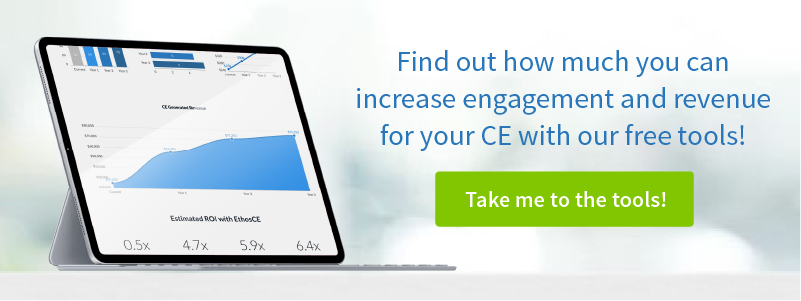What is a web service and why does it matter to ABIM MOC?
In May 2016, the American Board of Internal Medicine (ABIM) announced that it was ending the requirement of a once-every-ten-years assessment in favor of more frequent, shorter assessments over the ten-year period. While the big assessment every ten years is still an option, the shorter, less burdensome assessments generated the most enthusiasm among physicians.
“ABIM Board Certified physicians will soon have a choice of pathways to maintain their certification over the course of their career,” said Richard. J. Baron, MD, President and CEO of ABIM. “At a time when online credentials with no standards behind them are proliferating in many disciplines, doctors have told us they want us to continue to provide an MOC credential that says to their peers and to the public, in a credible and substantial way, that they are maintaining the knowledge they need to practice medicine. By offering shorter assessments that they could take at home or at the office, we hope to lower the stress and burden that many physicians have told us the current 10-year exam generates.”
The choice of pathways haven’t been announced yet, but the requirement to earn MOC points from CME activities will likely continue to play a part. ABIM maintenance of certification currently requires at least one MOC activity every two years and 100 MOC points every 5 years.
 To help physicians find those MOC activities, ABIM joined with the Accreditation Council for Continuing Medical Education (ACCME) and announced a web-based tool called CME Finder. This website allows for searching and sorting CME and MOC activities. Accredited organizations can add their MOC activities to CME Finder using the ACCME’s Program and Activity Reporting System (PARS).
To help physicians find those MOC activities, ABIM joined with the Accreditation Council for Continuing Medical Education (ACCME) and announced a web-based tool called CME Finder. This website allows for searching and sorting CME and MOC activities. Accredited organizations can add their MOC activities to CME Finder using the ACCME’s Program and Activity Reporting System (PARS).
In addition, and even more exciting, is that activity completion records verifying that physicians have completed the activity will be transferred to ABIM through PARS. Physicians will not have to take any additional steps to record MOC activities.
This is where web services comes into play. Web services can take the manual data entry out of the process of adding activity and learner records to PARS.
 Mmmm, coffee!
Mmmm, coffee!A web service is a form of communication between software systems using the web’s HTTP protocol (the same one you used when you loaded this web page). And because the web is everywhere today, this means that web services are essentially ubiquitous. If you’ve heard of the coming internet of things (which is what it’s called when your alarm clock talks to your coffee maker) you’ve heard about web services, even if you didn’t know it.
So web services, using HTTP, allow systems to create, retrieve, update and delete data without human intervention. (“Hey coffee maker, turn on, the human is awake!”)
Coming back to CME and MOC, there are very practical applications for web services. For example, when an activity is created in an learning management system (LMS), it can also create a record in the ACCME’s PARS system. And when a physician completes that activity, the LMS can use web services to send that completion record to PARS. And when PARS receives that physician’s completion record, it can use web services to send it to ABIM. And when ABIM approves the MOC points, ABIM can use web services to tell PARS and PARS can use web services to tell the LMS and the LMS can email the physician. And voilà! No manual data entry required.
It’s not yet clear what ABIM is going to announce in 2017, but I would bet that it will continue to build on the network of web services that is making life easier for us all — physicians, CME professionals and coffee drinkers!
 We're now part of the Cadmium product suite! Learn more
We're now part of the Cadmium product suite! Learn more 

